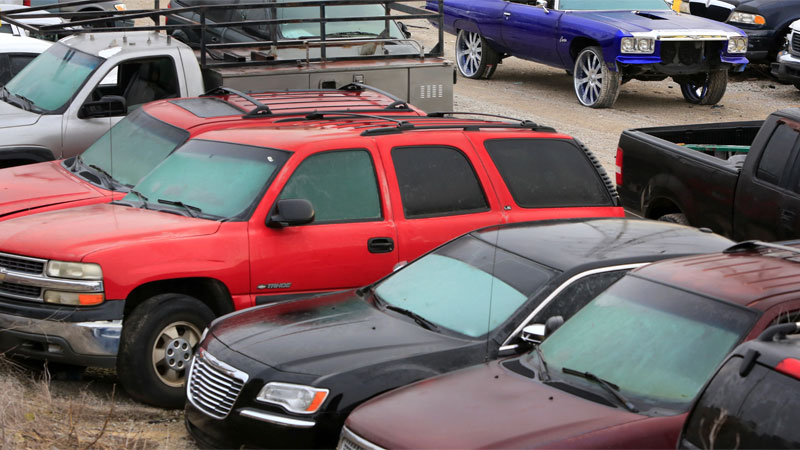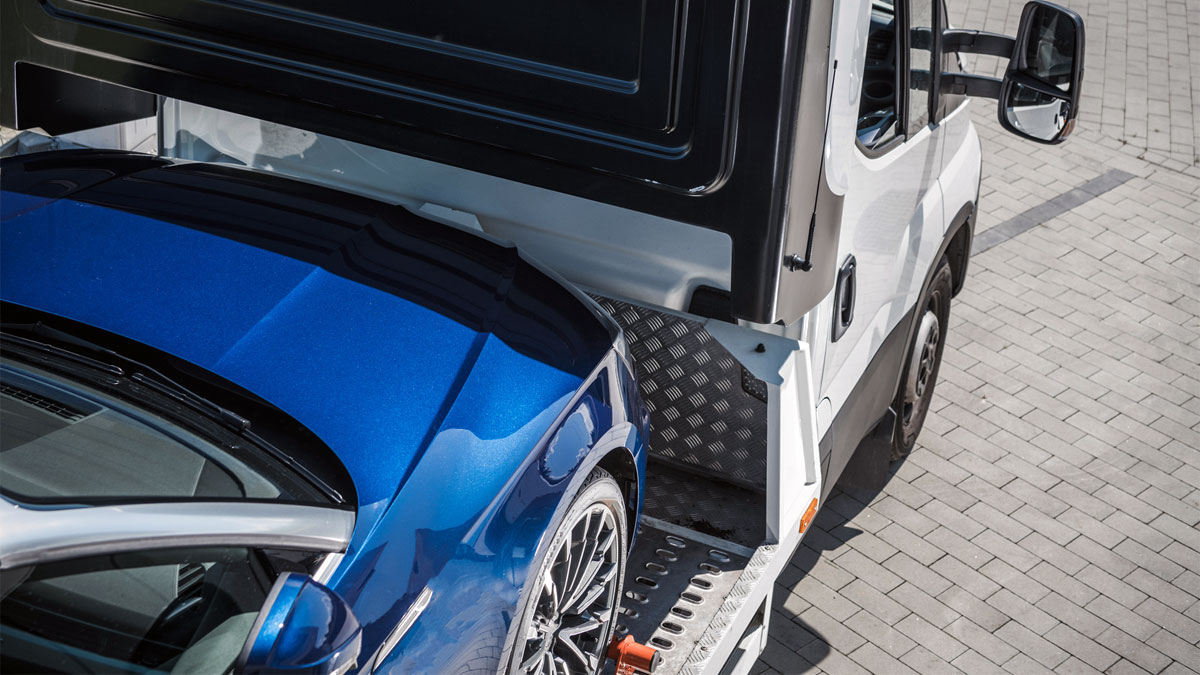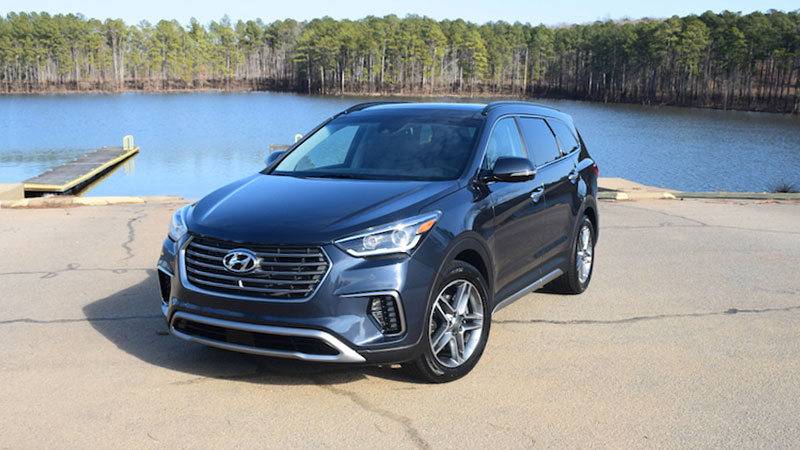Impound Lot Car Deals… Or Are They?
How to find a great deal on a used car. Let’s face it: buying a car today will set you back. Even a 10-year-old used vehicle will cost you dearly. With limited funds available, what other options do you have? An impound lot. That’s what. An impound lot is composed … Read more



